Exceptional content is one thing you’ll hear over and over again in relation to social media.
It can be difficult to create high-quality content for your profiles at the last minute.
With the vast number of social media platforms available to businesses these days, it can be more than a little difficult to keep information and posts straight, let alone remembering to post to all the various profiles! Enter the social content calendar.
There are so many benefits to planning your posts in advance that spraying them out daily and at random seems not only more difficult, but less effective as well.
By planning ahead, you begin to give yourself, or your content generators, more time to find and create quality content to push to all your platforms. Often, advanced warning can mean the difference between a well-written, thoroughly fact-checked blog post and a quickly dashed together piece that may be riddled with mistakes!

Why is Social Media Planning so important?
By planning in advance, you can be sure to never miss an important date.
Whether you’re wishing your followers a happy holiday, or announcing a big product release or sale, you’ll be sure to push out that quality content in plenty of time for your customers to act on if necessary. It’s far easier to plan and organize around specific events ahead of time, when you have time to brainstorm. For example, our marketing team planned a video campaign around our attendance at the last SMX conference. Although some of the content was made on the fly to keep it relevant, those attending the conference had pre-planned some posting times and video ideas.
Anyone who works with deadlines knows how stressful, and possibly overwhelming, piles of additional work right before it’s due can be. When you create an effective social media content calendar, you take that pressure off your content creators, and yourself. Having the topic for a blog in advance of the deadline makes it easier to fit into an already busy schedule, and the same follows with social content. Less time is spent finding a topic during that crucial creation phase.
If you’re creating much of your own blog content, which is a good idea, more time between creation and publication also allows for additional editing, tweaking of wording and content. These adjustments can all lead to greater consistency in your posts. A consistent voice, tone and quality of content instills trust in your followers.
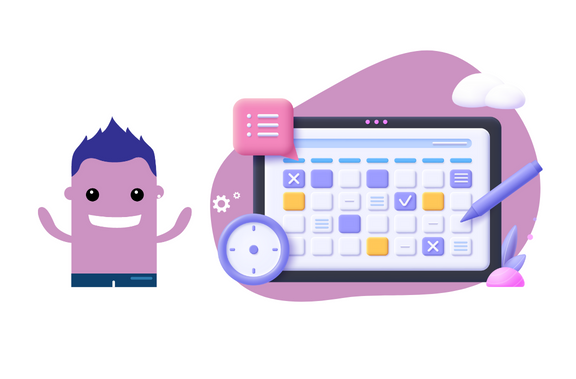
So, how do you create a social media calendar?
There are many ways you can create a calendar, whether you use a digital or software aid, or simply a pen and paper, it’s entirely up to you.
There are three key elements to creating a social content calendar:
- creating/finding content,
- scheduling/publishing
- and analyzing.

Creating and Finding Content
What kind of content should you be sharing?
Look back at your past analytics to see what has performed best for you. One of our recent posts from our blog, Dominate Google’s Snack Pack, has resonated thoroughly with our audience. Our readers are smart and digitally inclined, so it makes sense that tactical pieces with lots of implementable items are the type of content they (you!?) like.
Tools to help:
- Feedly is a great place to grab content from—it’s a news aggregator. Feedly compiles news feeds from a variety of online sources that you can customize and share with others.
- Inoreader is similar to Feedly in that it helps bring together articles from various sources into one dashboard. At a glance, you can see freshly published items in various categories.
- Canva is a great place to make easy-to-share content without a coding background, mostly focused around images. They have templates that consist of ideal sizes for Facebook, Twitter, Instagram, blog posts, Tumblr, presentations and anything you might need to create an image for. They have an easy drag and drop interface, as well as access to free stock photos.
- Reading List helps stay organized with what you read, because with writing comes reading. Always. It’s frustrating to stumble upon a great article when you don’t have time to read it and try to save the link somewhere. Reading List is a simple Chrome extension that allows you to bookmark articles for reading later, on the off chance you get a few minutes of down time

Prepping Your Scheduling/Publishing
There is a lot of data about how often you should publish content to your social channels.
Figure out what is good for you and your audience, but a basic barometer is to post at this frequency for these social platforms (Constant Contact):
- Facebook: 3-10 times per week
- Twitter: at least 5 times a day
- LinkedIn: 2-5 times per week
- Google: 3-10 times per week
- Pinterest: 5-10 times per day
Tools to help:
- Google Calendar is an obvious favourite for many people because it provides a great overview of all posts in a calendar format. If the calendar doesn’t need to be shared between multiple content creators, simply using an agenda works as well. A spreadsheet like Google sheets or MS Excel is an option as well. We use this along with Google calendar to help facilitate other functions, like notes and analysis on performance.
Find an option that works with your workflow and stick with it for a few months before switching. We use a Google calendar, colour coded with types of content—tactical, deep tactical, editorial, promotional, etc. It’s great for the marketing team to see deadlines well in advance, as well as getting regular notifications so the writers don’t forget that looming deadline.
Once a tracking method has been chosen, start brainstorming your blog posts, topics and other content you want to share with your audience. Try color coding your posts by category of post or social platform for an easy, at a glance, picture of your calendar.

Understanding and Gathering Your Analysis
The crux to knowing what works is to analyze all your social posts.
By seeing what is most effective, you can gear your content specifically to what viewers want to see. Making data driven decisions will help ensure you see ROI from your social profiles.
Tools to help:
- Google Analytics is a great way to see how people are responding to your social posts. If you click through Acquisition > Social, you can see how many visitors enter your site from the major social networks. You can also set this up to talk directly with utm codes.
- qubeTracker is our inhouse tool we use to manage our clients results.
Here are a few other tips to keep in mind while creating a social content calendar:
- Make sure you use UTM codes. UTM links are vital for tracking the success of your marketing efforts across various channels.The whole point of a utm code is knowing where your audience came from; which link they clicked. As people interact with the custom links, that information is sent to your Google Analytics account so you can quickly identify what is working and what you can cut out of your marketing efforts. We tag each link differently for each social platform, so we can know if Twitter, Facebook, Linkedin, etc is outperforming another medium.
- Images drive engagement. Research has shown that when people hear information, they are likely to remember only 10% of that information three days later. However, if a relevant image is paired with that same information, people retained 65% of the information three days later (Life Learn). This is relevant on all social channels, and has been well-documented—tweets with image links get twice the engagement rate of those without, and photo posts on Facebook get 39% more interaction (Buffer).
A social calendar is a great way for content creators to plan their schedules while also keeping all social media posts consistent in tone and ensuring social platforms are filled with that high-quality content everyone is searching for.
If you need a hand developing your social media marketing plan for 2023 then please don’t hesitate to drop us a line.

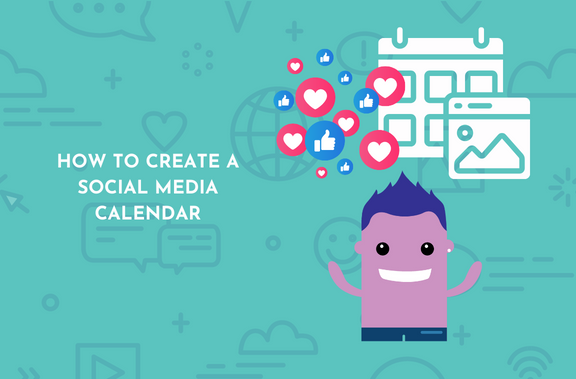
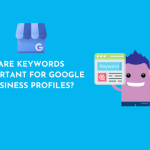
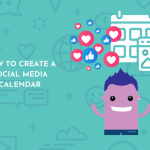

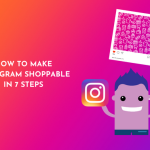
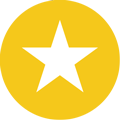 Reputation Management
Reputation Management Customer Voice
Customer Voice List Management
List Management Social Marketing
Social Marketing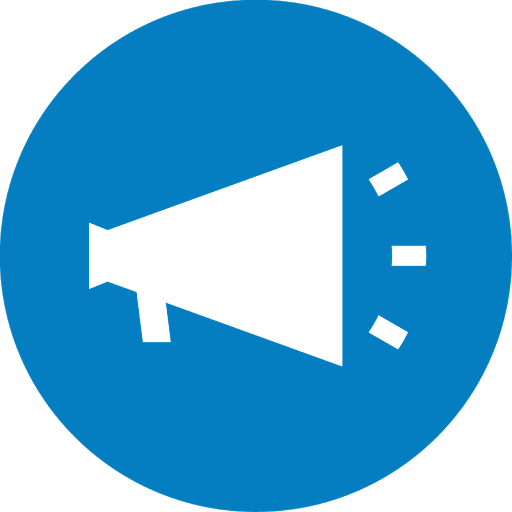 Online Advertising
Online Advertising Content Development (Copywriting)
Content Development (Copywriting) SEO & Visibility
SEO & Visibility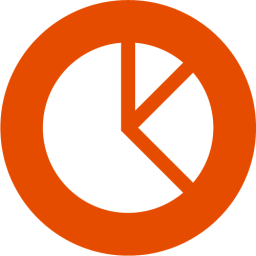 Brand Analytics
Brand Analytics Website Design
Website Design Loyalty and Experiences
Loyalty and Experiences